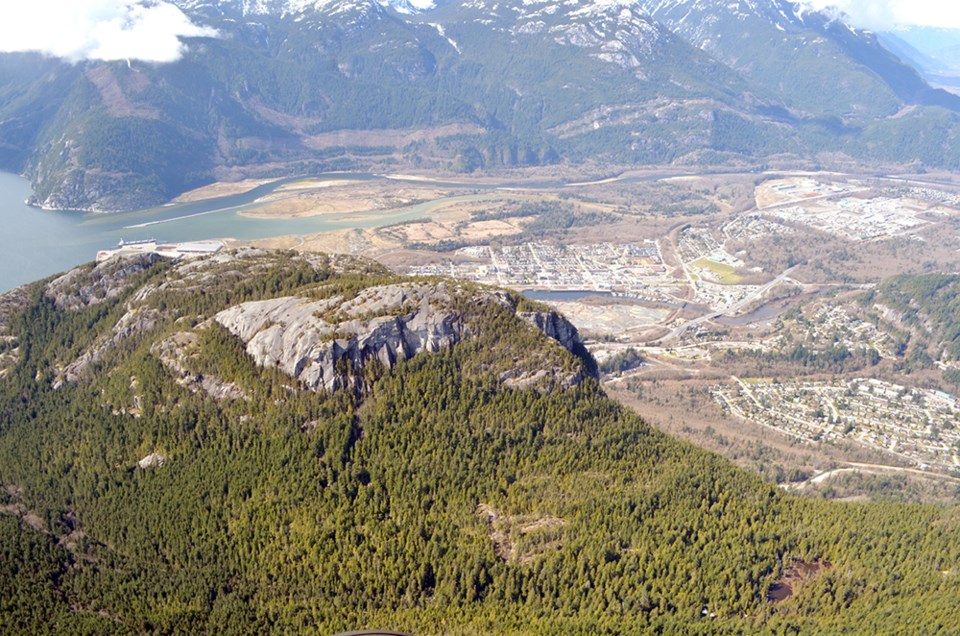The number of commuters during the week would be a major factor if Squamish needed to be evacuated in an emergency, the District’s emergency program co-ordinator Megan Latimer warned council during her preliminary presentation of the draft Sea to Sky Corridor evacuation plan.
Developing the plan costs $130,000, which is being shared evenly between the municipal governments of Whistler and Squamish, which undertook the project together.
Latimer said it would be unlikely that Whistler and Squamish would need to evacuate at the exact same time because the 50 kms would provide a large enough buffer in the case of an emergency.
According to Latimer’s report, the disaster most likely to impact Squamish would be a debris flow (likely from the Cheekye Fan), which was rated as a “high” probability. That was followed by floods, fire, and a hazardous materials release, which were all rated as moderate-high.
Less likely would be a dam failure, barrier collapse or volcanic eruption, which were all rated as a low probabilities.
Unlike Whistler, a terrorist threat was not identified as a risk for the area.
The number of commuters who are in Vancouver during the day and return to Squamish in the evening is a major factor in how the District would need to plan for evacuation.
On a peak summer day on the weekend, when most residents are at home, an estimated 324 evacuees would not have their own car for transportation.
During the week between 8 a.m. and 5 p.m. that number jumps dramatically — to an estimated 8,452 who would be car-less and in need of transportation.
The presentation to council on Tuesday focused on four different potential ways to evacuate the town in a disaster: roads, water, air, and rail. Part of the study is an exhaustive mapping of the highway, including useful features, choke points and photos.
Other options for evacuation would be an emergency ferry or cruise ship that could dock at the terminals, Darrell Bay or Porteau Cove; use of the airport in Pemberton or Squamish for the movement of people and supplies or the use of West Coast Railway Association passenger cars on CN tracks.
Latimer said the District is also looking at co-ordinated ride-sharing.
“There’s actually enough seatbelts in cars to take out everyone in each community, the issue is not the number of vehicles, it’s the distribution of vehicles among households,” she said.
Outside of personal vehicles, carpooling and busing on the highway, all the alternative modes of evacuation would require specialized personnel and equipment.
Latimer also noted during the presentation that 25 per cent of the adult population is signed up to receive Squamish emergency alerts.
“We’d like to see that target doubled, so at least half the people in the community know what is going on,” she said.
The Evacuation Plan is still in development. Next steps include obtaining detailed data from ICBC on car ownership, drilling into neighbourhood data from Statistics Canada and looking at how evacuees would be sheltered.
The plan will eventually include a “grab and go” document that outlines logistics and procedures for officials in the event of a disaster.




